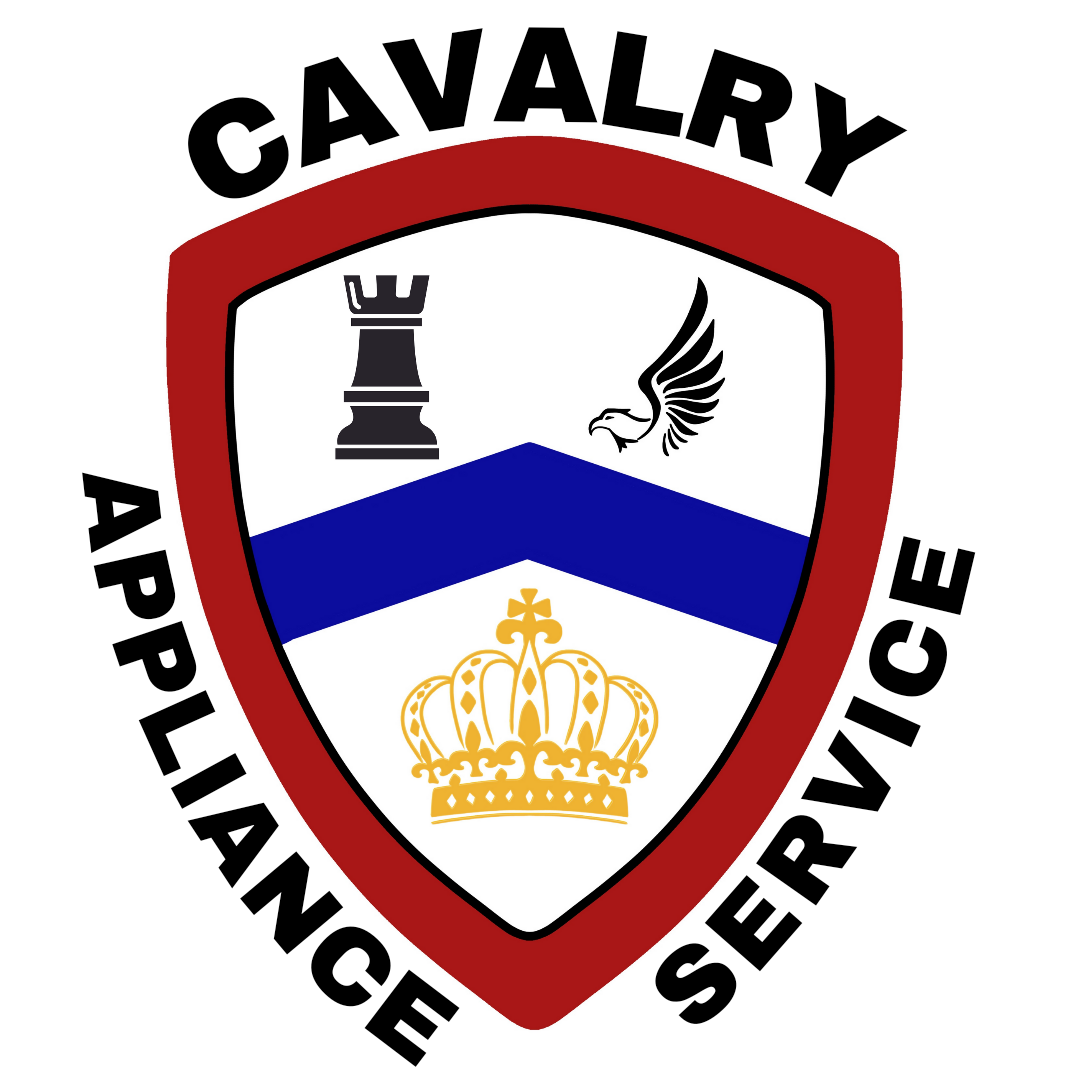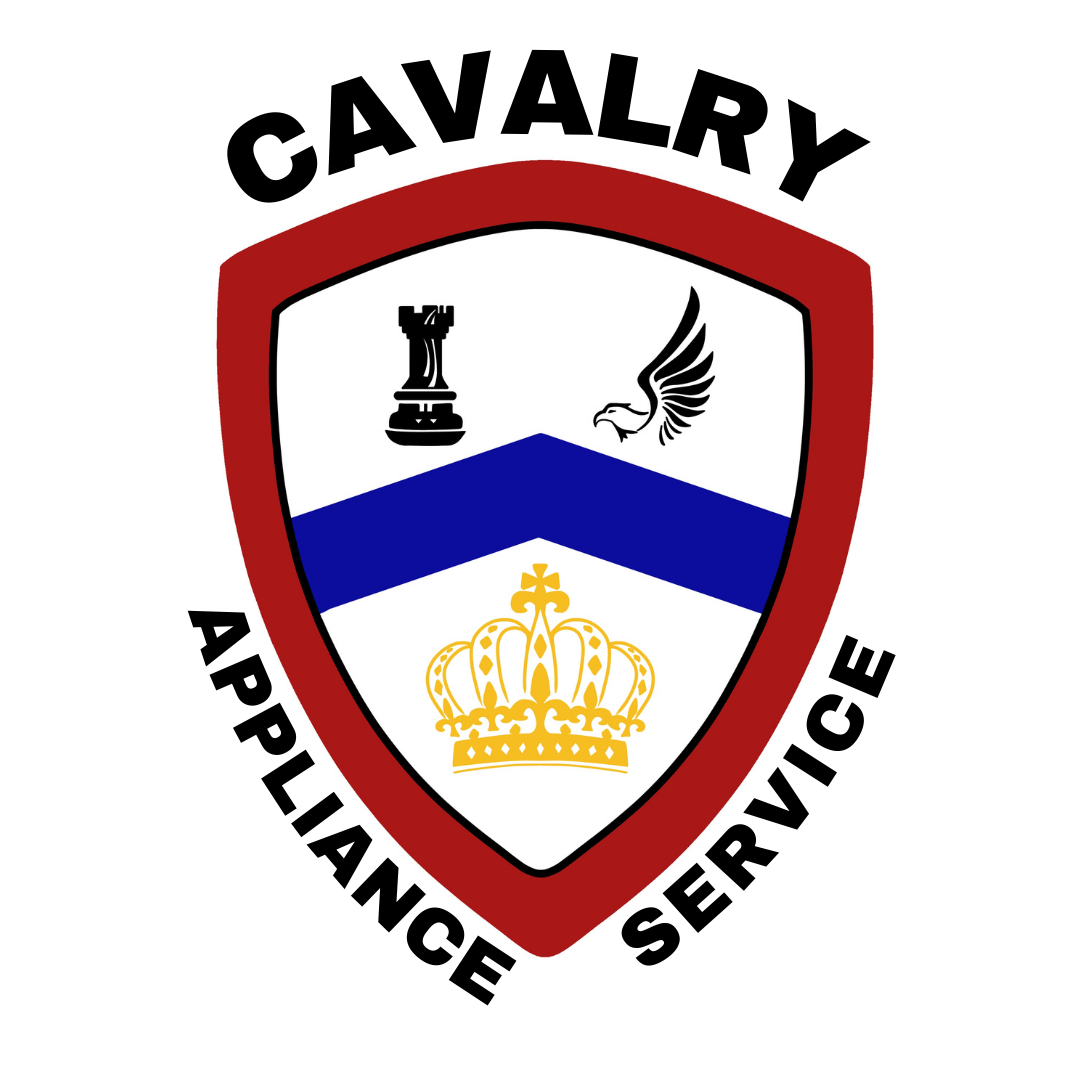Rain, rain, go away…
I DON’T have time for a flood today!
Surprise! Not what you were expecting: a flood :/
Or, maybe you were expecting it because it was Armageddon outside.
And, now the inside of your house is wet. And, seriously, WHAT are you supposed to do?!?
Hopefully, this quick article will arrive in time, BEFORE it happens to you. Here, you’ll find some tips on what you can do to make the burden of unexpected water damage a bit less to bear.
Stopping the water is job #1, which means shutting down the water or waiting ‘till the storm subsides (and doing your best to keep up with it until it does).
As a homeowner, some items you should have on hand before a problem occurs with water are:
A box fan,
A dehumidifier and
A shop vacuum (or some extra towels you can grab quickly).
The first important thing to know is that the type of water you’re dealing with has a lot to do with what your reaction should be. Your water issue could be because of rising tides, a leaky roof, a failing septic system or burst pipe. There are three basic categories of floods or leaks: Clear water, Gray water and Black water.
Clear Water, such as a burst pipe, leaking refrigerator or supply line leak from washer or dishwasher. In severe clearwater floods, any drywall impacted by the leak will have to be treated and or replaced as necessary. Any appliances, if dried in a speedy fashion with fans and dehumidifiers can likely be saved. Here are the steps to take:
Remove as much water as possible with a shop vac or towels.
Place a box fan blowing on the appliance with as many doors and compartments open as possible where the water has migrated.
Place a dehumidifier on full dehumidifier mode within 10 feet of the appliance to absorb all the moisture and empty it frequently.
For a gray water leak, (containing extra contaminants that will speed corrosion) such as rain water or stormwater coming in the walls or roof, a washer leaking wash water that has already been exposed to dirty clothes or the inside of the dishwasher with food debris, here are the steps to take:
Remove as much water as possible with a shop vac or towels.
Place a box fan blowing on the appliance with as many doors and compartments open as possible where the water has migrated.
Place a dehumidifier on full dehumidifier mode within 10 feet of the appliance to absorb all the moisture and empty it frequently.
Wipe all exposed surfaces down with a mild cleaning agent such as dish soap and water.
Call an appliance technician to remove the connectors to control boards, clean them and put them back on with a dielectric solution. IMPORTANT: Although, you will require a professional for this step, this remediation will cost roughly half as much as having to change your control board (even once), can help save your appliance and give it many more years of life. Skipping this important step will likely result in the cost of replacing your appliance in the very near future.
The third flood water type is black water, which is a backed up sewer line or contaminated water containing biologic material. Unfortunately, the news isn’t good for this type of flood. This is the most destructive water damage there is and little can be done aside from the steps for a graywater leak and crossing your fingers. Sewage is very corrosive and can get in places that we just can't reach for corrective measures. In the best case scenario, it may be possible to get five months to a year out of an appliance before it ceases to function. If you could call anything lucky in that scenario, at least that would buy you time to shop around.
One special note about refrigerators:
Refrigerator fiberglass insulation inside of the refrigerator walls, if saturated, is a unrepairable problem. We can't get to it and it will also cause mold and inability of the insulation to work and can cause the outside of the refrigerator to sweat or the refrigerator and freezer compartment to not maintain proper temperatures. If you know that your refrigerator was exposed to a severe flood, you should monitor it with this information in mind. The best thing you can do are steps 1-4 as soon as possible to do your best to prevent this.
Once the emergency is over assess the damage and determine whether a call to your insurance company is warranted. Basically, if your costs will exceed your deductible, you may want to make the call. Remember to take into consideration any appliances that will need to be repaired or replaced, flooring and drywall. Unmitigated floods will cause mold and must be dealt with. For severe floods, most people will be calling a water mitigation company right away. Sometimes during major storms such as hurricanes these companies are overwhelmed and cannot respond in a timely fashion, so act fast!
We sure hope this never happens to you, but being prepared and knowing what to do can save you time and money!

